Truth in Advertising Hydrangea macrophylla zone hardiness
Cutting Edge Plants
5 years ago
Featured Answer
Comments (22)
Related Discussions
Why was Endless Summer hydrangea rated as 'zone 3b' hardy?
Comments (20)Just enjoying my morning coffee and it has finally stopped raining and the sun is out, here in Barrie. Some good morning reading here I find our Canadian Tire stores locally do not carry as much selection of plants as they used to They did use to have lots of those little potted perenial plants and then mark them down even 75% off But this year and last there are not really any interesting perenicals in the smaller pots I think you are quite correct about the plant department of Canadian Tire That mostly the staff taking care of it do not know much about plants and that having a garden centre for them is really not a money maker, at least not the plants but just something that all the stores have. Maybe in some stores there is better care, but I expect plants themselves are not that much of a money maker for Canadian Tire....See Moreoverwintering Hydrangea macrophylla winter protection
Comments (104)My first Hydrangea is now in the ground for more than 25 years. At this point, I keep it for sentimental reasons only. It's gotten so THICK with canes that if I wrap it in my usual cage, I have to get everything so tight in there that I think I may actually be suffocating the plant. I've not had good luck overwintering it in recent years. This past winter I didn't even bother with it. If I were you, I'd consider taking a cutting or digging out a portion of your sentimental one and essentially start over. It would indeed be the same plant, so you could keep your sentiment. But I can understand sentiment. I should get rid of my first Hydrangea, but I'm not. For a long time I would cut back the old canes completely to the ground in the Fall. I'd only leave canes that had shot up from low points on the canes or from the crown. They would have grown all summer and would end up giving me great flowering the next year. I'd have very long stemmed flowers, too, that I had cut. The big problem with this technique is that you end up with weaker stems than you would otherwise and next summer they'd be weighted down to the ground with their flowers. I've found that, for my zone, I can usually prune as hard as I want up until about Fourth of July, just to be easy to remember, and not hurt the flowering potential for next year. After that, the buds start setting for next year and you start running into that problem. (But then I've cut some "nikkos" back to the crown in the Fall and on some I'd get great flowering and on some I'd get none. Do I really understand this? NO.) So, here is another method for you to consider to keep it smaller, at least in height. Another thing I've experimented with is to prune all the wimpy growth completely out and just end up with a few stout canes over time. This was interesting, but you end up with an artifical looking Hydrangea and the few stout canes start looking rather strange. But with this technique, more or less, you could develop a plant that wasn't so crowded. I don't know though. I wish I could help you more. I'd like an answer to the question you have, too! Hay...See MoreHydrangea macrophylla 'Hokomarevo' PPAF
Comments (11)Glad to be of help. :) I (just) bought all three of those Everlastings in Spring 2013, and purposely stuck them in different places to test hardiness (pot, foundation, and outlying north-facing bed). They all started at about 18" at purchase. The Revolution is by far the most compact, staying at about that size. The others grew to about 24" (Opal) and 30" (Harmony). But being first year forced plants, that growth wasn't entirely accurate as they were already budded by May. Seeing as how the winter was tough on everything, I haven't been able to conclude anything new, as there hasn't yet been green stuff on ANY branches of ANY H. mac, just the first 3" of stem. Even now, things like old deciduous trees are just starting to leaf out, so that tells you how much of a delay things are running on. But yes, these new plants quickly integrate very well into any landscape. I plan on getting a couple more breeds of these when and where available for a good price. The rest I plan to stick in front of a row of slightly taller shrubs (Annabelle and Nikko) in staggered fashion. The color-changing aspects and long-lasting blooms were 100% as advertised last year on all three. Just yesterday, I picked up an Amethyst 1.5 gallon for $17 at a local hardware store that has a keen knack for ordering new releases (they also had 2-gallon Bloomstrucks for $19)....See MoreWhich Hydrangea's are reliable bloomers (macrophylla)
Comments (11)I've been trying to get into a few more Bloomstruck 3-gallons for less than $40 (to replace some container migratees) and I've had no luck finding any, that look healthy anyway... I was too lazy to type this earlier, but here are my favorite reliable bloomers categorized by type. These are probably 90% of what I would consider to be reliable bloomers after killing freezes, at least based on what's been physically available at stores/nurseries. Lacecaps: Tuff Stuff (serrata), ES Twist n Shout, F&E Summer Lace, Let's Dance Diva & Starlight. Cherry Explosion (red - McKay) is making its debut. Peach / coral: Let's Dance Big Easy, Everlasting Coral, F&E Fantasia Multi-color (not picotee): Pistachio, Everlasting Jade, Noblesse, Amethyst, Coral, Revolution Pastels: Penny Mac, Everlasting Ocean Brighter Pinks: Everlasting Opal, Lime Lovebird (new) Deep Blues & Purples: Let's Dance Rhythmic Blue & Rave, Brestenburg & Mathilda Gutges (old cultivars) Reds / Dark Pinks: Pistachio (multi, dwarf in Z6), Grateful Red (McKay), Fuchsia Glow Blue/pink + bloom size: Endless Summer Original, Nantucket Blue, relatives.... Blue/pink mixed dwarf: Everlasting Revolution. Whites: F&E White Out (dwarf), ES Blushing Bride (medium), Mme Mouillere (large) / only moderate success in Z6. Everlasting Pearl (honorable mention) Double White: F&E Peace, Wedding Gown (half lacecap), Sumida no Hanabi (full lacecap) Black Stem: Enchantress, Black Together / Licorice Lollipop Red Stem: Lady in Red, ES Bloomstruck Double, Single Colored: F&E Together, Izu no Hana (lacecap), Double Dare (dwarf lacecap) Picotees: F&E Peppermint, Wedding Ring, Tivoli, Edgy Orbits (lacecap), Stargazer (double lacecap)...See MoreCutting Edge Plants
5 years agogardengal48 (PNW Z8/9)
5 years agoluis_pr
5 years agolast modified: 5 years agogardengal48 (PNW Z8/9)
5 years agoCutting Edge Plants
5 years agolast modified: 5 years agoCutting Edge Plants
5 years agolast modified: 5 years agoCutting Edge Plants
5 years agoterry bartinson zone 3a NorthWest Ontario C
5 years agogardengal48 (PNW Z8/9)
5 years agokingcobbtx7b
5 years agoa1an
5 years agokingcobbtx7b
5 years ago
Related Stories
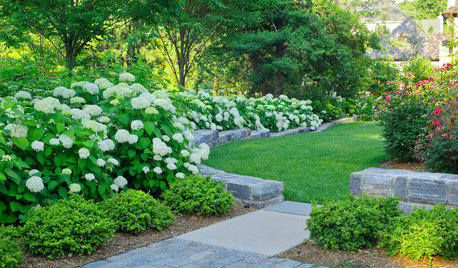
FLOWERS AND PLANTSHydrangea Arborescens Illuminates Garden Borders and Paths
This long-blooming eastern North American native shrub finds a home in landscapes around the world
Full Story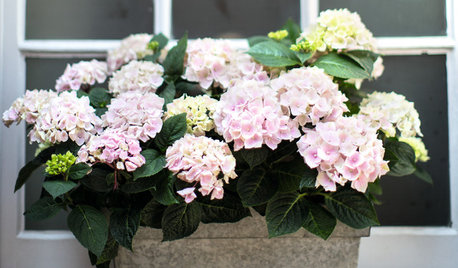
GARDENING GUIDESClassic Bigleaf Hydrangeas Add Old-Fashioned Charm to a Garden
These showy shrubs, familiarly known as mopheads, have long been a flower garden staple
Full Story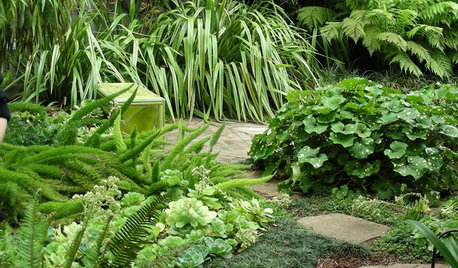
PLANTING IDEAS8 Sumptuous Shade Garden Plant Combinations
Enjoy these plant combinations made for spots with varying levels of shade and different garden zones
Full Story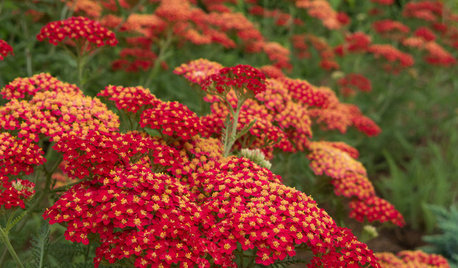
GARDENING GUIDESTop 12 Summer-Blooming Perennials for Deer-Resistant Drama
Can you have garden color, fragrance and exciting foliage with hungry deer afoot? These beauties say yes
Full Story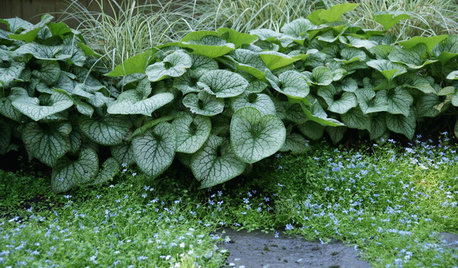
GARDENING GUIDESHosta Alternatives for the Shaded Garden
Discover which foliage plants to use instead of or in addition to hostas in the landscape
Full Story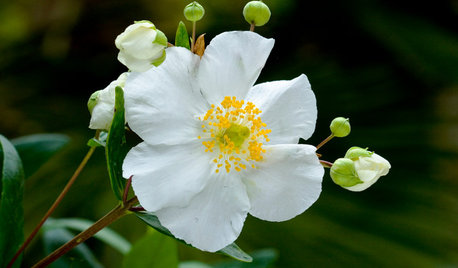
GARDENING GUIDES20 White Flowers to Illuminate Your Garden
Find out which plants with white flowers will grow well in your landscape
Full Story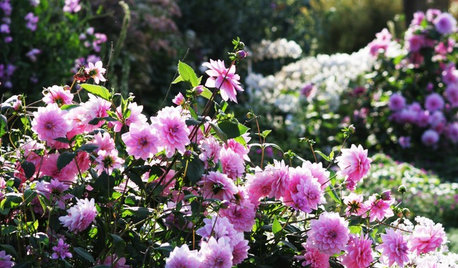
FLOWERS AND PLANTSPink Flowers to Sweeten Your Garden
Show your garden some love with a living bouquet of pink flowers. Here are 20 beauties to choose from
Full Story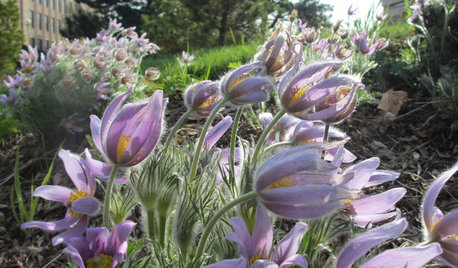
GARDENING GUIDES20 Purple Flowers to Beautify Your Garden
If you like Pantone’s 2018 Color of the Year, try some of these purple-flowering plants suited to U.S. gardens
Full Story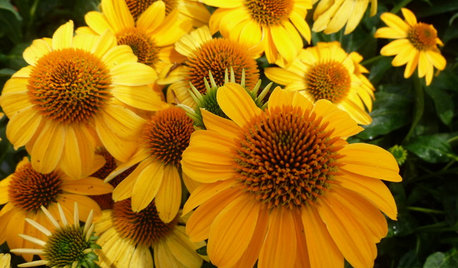
FLOWERS10 New Flowering Plants for More Garden Color in 2018
These perennials and shrubs have long-lasting color and beautiful blooms, and they attract birds and butterflies too
Full Story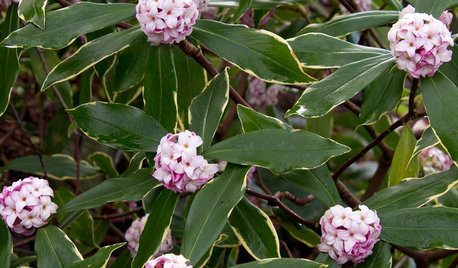
GARDENING GUIDESBring On the Blossoms: 9 Top Picks for Flowering Shrubs
Gorgeous spring- and summer-blooming shrubs deliver color, fragrance and pollinators to your garden
Full Story


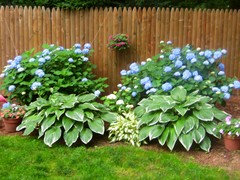
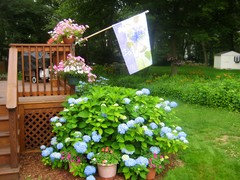
gardengal48 (PNW Z8/9)